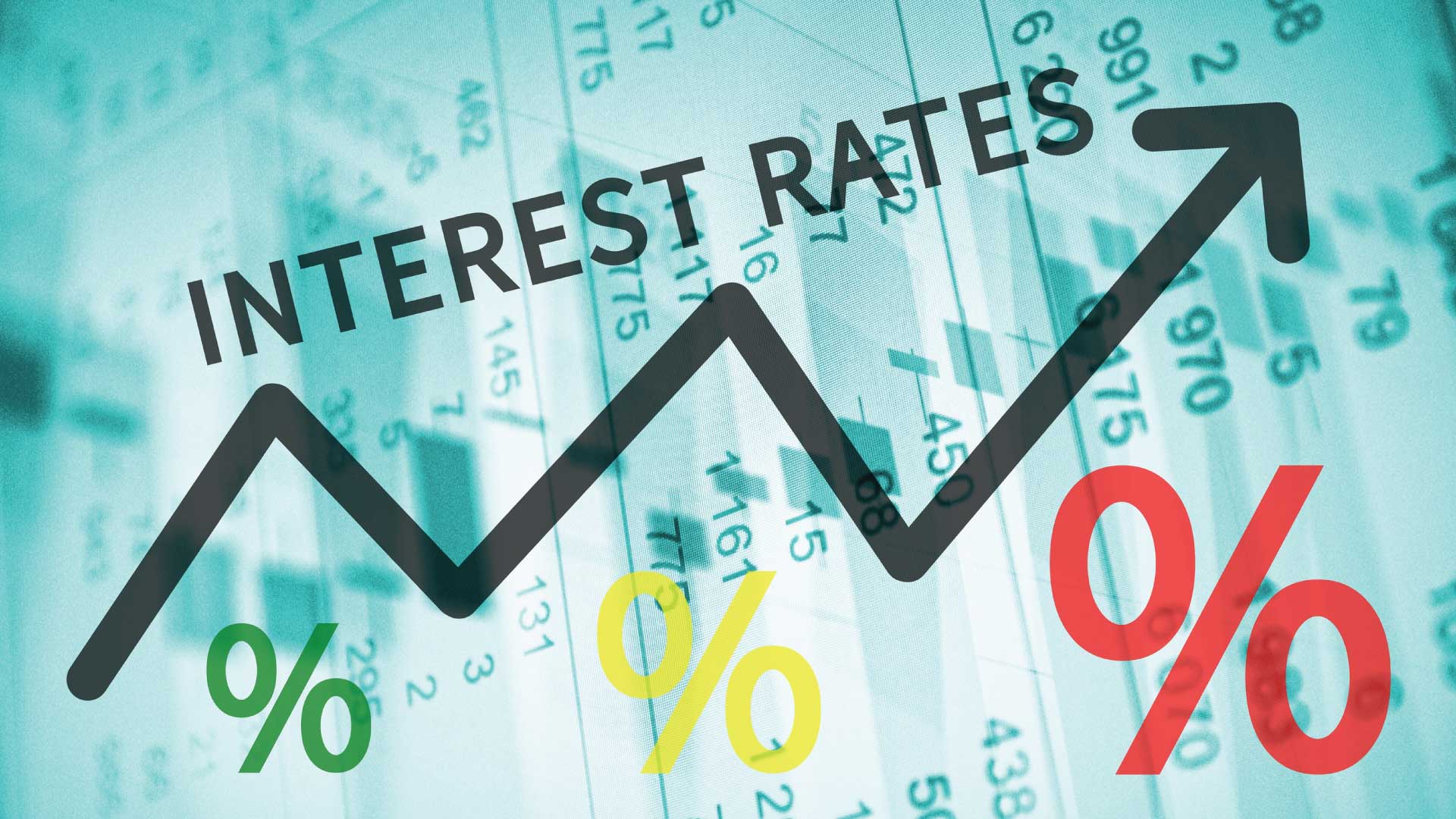Interest rates in Turkey in 2023
Interest rates in Turkey in the form of a roller coaster, high growth, impoverishment of the Turks by inflation around 80%, failure of the industrialization strategy… The monetary and economic policy pursued by Erdoğan in recent years is particularly erratic. By seeking at all costs to maintain strong growth, while increasing emergency measures to avoid a financial and social crisis, the Turkish authorities are playing with fire. A situation that can be explained by the fear of the President to see the opposition win the elections of next June. But Erdoğan’s opponents above all promise a return to a classic neoliberal regime and an escalation of identity. Article originally published by the New Left Review, translated by Piera Simon Chaix and edited by William Bouchardon.
Since 2019, Turkey’s economic policy has been characterized by the repeated reversals of its President, Recep Tayyip Erdoğan. His regime initially adopted a program based on low interest rates in Turkey and credit expansion, running counter to liberal orthodoxy, with the aim of consolidating the political support provided by small and medium-sized enterprises (SMEs). ). Results: devaluation of the Turkish lira (i.e. a loss in value of the Turkish currency, editor’s note), high interest rates in Turkey of inflation and rising current account deficit and external debt, due to heavy dependence Turkish imports. To try to offset these effects, the government then switched to a classic neoliberal program: high interest rates in Turkey intended to attract foreign capital and stabilize the value of the Turkish lira, and a credit crunch in order to combat the inflation and debt. However, as such policies destabilize the AKP’s electoral base, the ruling party has repeatedly reverted to a more heterodox approach. An incessant oscillation that has lasted for almost four years.



Comments are closed